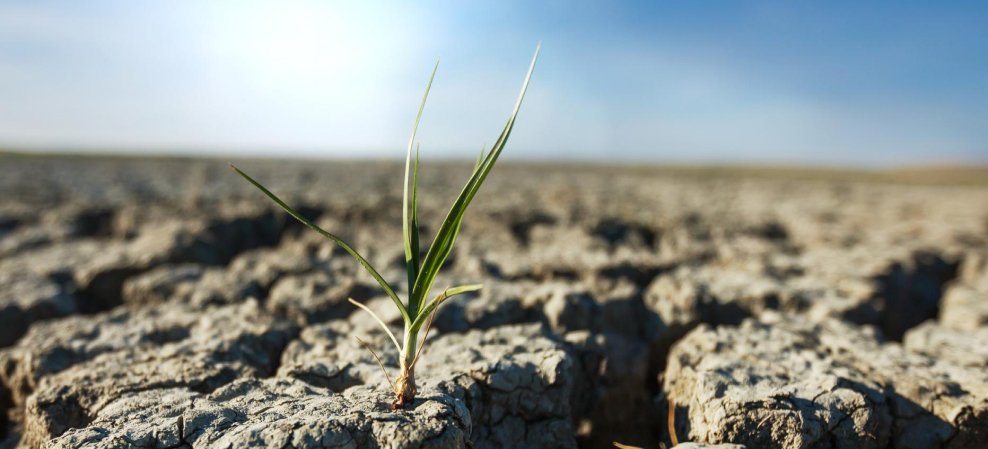El Nino Has a Tendency to Reduce Agricultural Productivity in 2024
This article has been translated and summarized by CORIM Indonesia as part of our highlights of services. We has not completely checked the accuracy and admits no responsibility for the content.
By kompas.id
News | January 17, 2024

Drought, wildfires, pest infestations, and a drop in agricultural productivity are all possible results if El Nino occurs. As a result, the DPR Commission IV requests that the government focus on anticipatory measures so that the reduction in productivity, which leads to a drop in output, does not result in a major increase in prices.
The impact of El Nino on the agriculture sector was examined during the Commission IV DPR Hearing on Tuesday (13/6/2023) in Jakarta with Minister of Agriculture Syahrul Yasin Limpo and his team. The meeting was presided over by Commission IV DPR Chairman Sudin, who was joined by the Head of the National Food Agency (NFA), Arief Prasetyo Adi, and the directors of PT Pupuk Indonesia (Persero) and Perum Bulog.
According to Syahrul, agricultural land drought caused by the extreme El Nino phenomena could cover 560,000-570,000 hectares. Agricultural land drought is only about 200,000 hectares under a weak El Nino. El Nino may increase the risk of agricultural land fires, crop failure, and pest infestations.
He also stated that output is expected to fall by 15-20%. "We are monitoring predictions that suggest El Nino is likely to occur in the second semester of 2023, peaking in August (2023)," he told reporters.
To avoid these risks, he says the Ministry of Agriculture would identify and map probable drought-affected areas. Following that, these locations will be divided into three categories based on the severity of the drought's impact.
They also advocate for expedited planting by harnessing residual rainwater and assisting it with farm machinery. Drought-resistant seeds and plant pest organisms are also provided by the government.
He stated that the government is repairing reservoirs, dams, ditches, wells, and infiltration, as well as renovating tertiary irrigation networks, in order to maximize water sources for agricultural land. They also assist in pumping. In addition, agricultural funding is supported by microenterprise credits and crop insurance.
According to the Ministry of Agriculture's Agricultural Land Statistics for 2015-2019, the non-paddy agricultural land area in 2019 reached 29.25 million hectares. Meanwhile, the total area of paddy fields was 7.46 million hectares.

